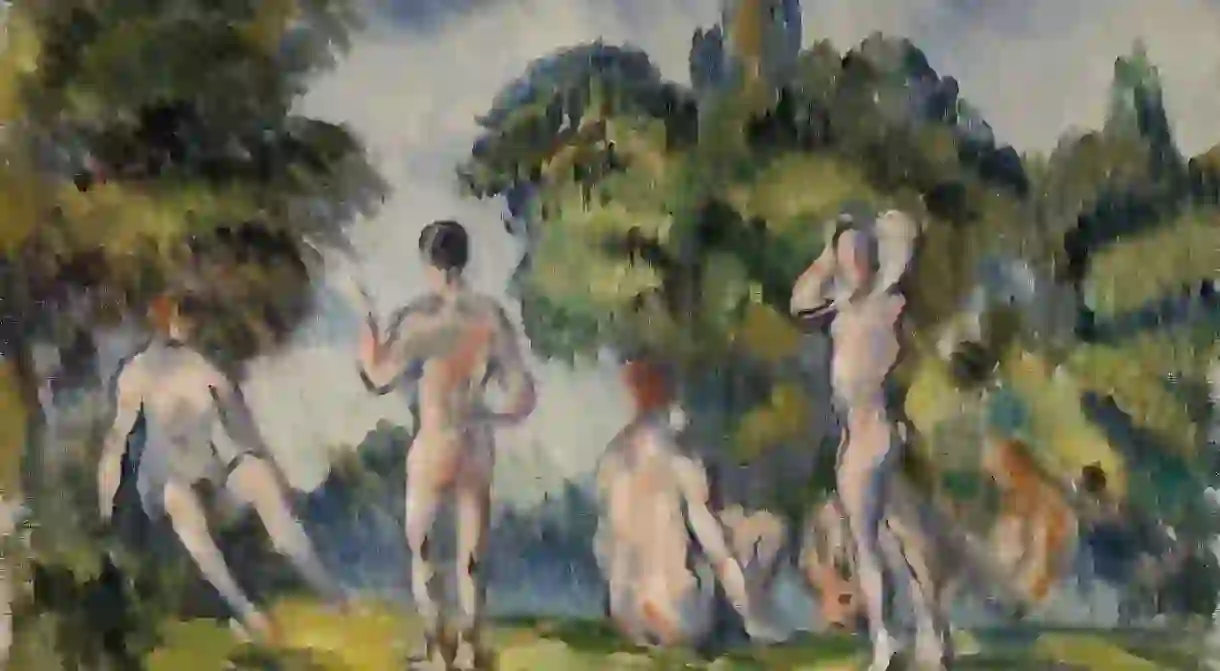Where To See Paul Cézanne’s Artworks

Paul Cézanne was a French artist and Post-Impressionist painter, renowned for having laid the foundations for Cubism. Characterized by small repetitive brushstrokes and planes of vivid colour, Cézanne’s work is said to have bridged the gap between the old and the new, between 19th-century Impressionism and radical modern 20th-century practices. Regarded as the “father of us all” by both Matisse and Picasso, Cézanne explored optical phenomena in a way that opened up space for future generations of artists to experiment with ever-more-complex views of the same subject. His works are captivating and unmissable; we profile where you can see them in person.
The Walker Art Gallery, Liverpool
Art Gallery, School

The Museum of Modern Art, New York City
Museum

Cézanne brought life to art through still life. He took inanimate objects and gave them a sense of energy and movement, and you can visit New York’s Museum of Modern Art to enjoy some of his most captivating still-life work. The notion of painting ordinary objects in a commonplace position was revolutionary and intriguing at the time Cézanne was painting, and he knew it. He remarked before exhibiting Still Life With Fruit Dish (1879-80), “I should like to astonish Paris with an apple.” Indeed, this painting became one of the most-talked-about pieces, with the material presence of the fruit representing a departure from Impressionism and instead showcasing a desire to show life in inanimate objects. Cézanne’s ability to do this successfully demonstrates his undeniable skill with colour, and although London’s Bloomsbury set, an influential group of English intellectuals, were not fans of this new style, Cézanne gained admiration worldwide. The painting of ordinary objects aligned the artist with the masses; his work was seen as a depiction of the real life of real people, rather than yet another representation of the life of the cultural elite.
The State Hermitage Museum, St Petersburg
Museum

Musée D’Orsay, Paris
Museum, Train Station

The Courtauld Gallery, London
Art Gallery

Philadelphia Museum of Art, Philadelphia
Building, Museum, Art Gallery














